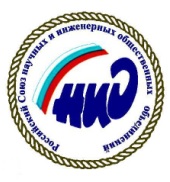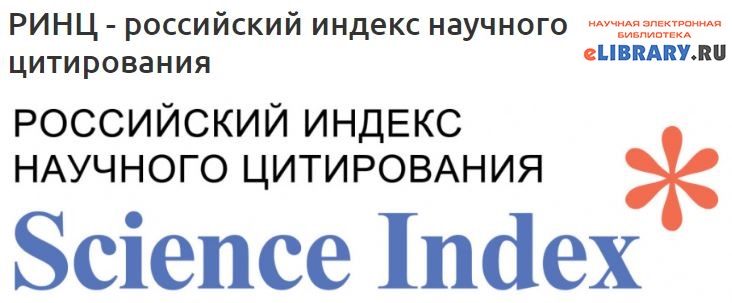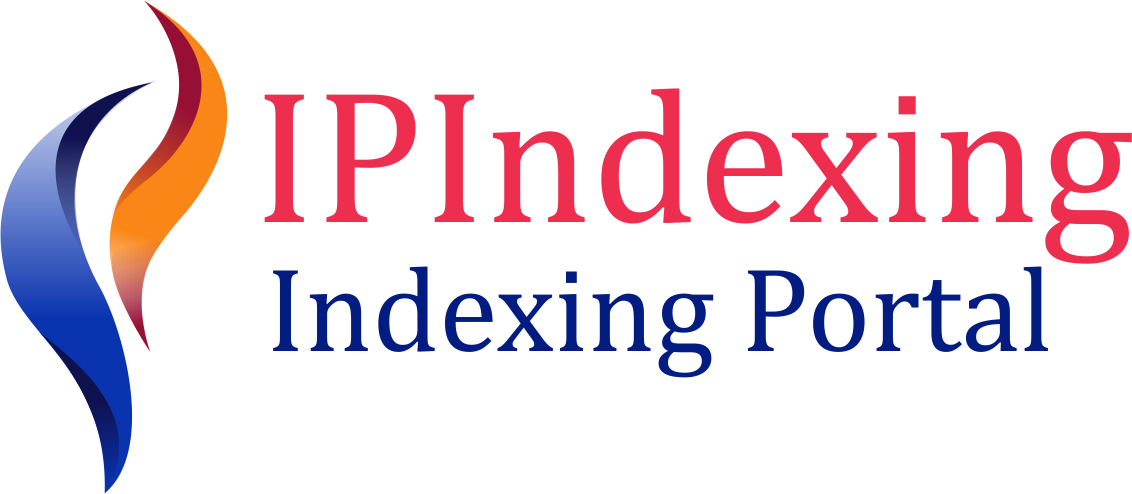Residual moisture of the material during roller squeezing
DOI:
https://doi.org/10.47813/2782-2818-2023-3-1-0112-0123Keywords:
roller squeezing, moisture filtration, residual moisture, squeezing areaAbstract
The study is devoted to the analytical description of the residual moisture content of the material during roller pressing. It was found that the amount of fluid extracted at the beginning of the compression zone grows faster, then, the growth rate decreases, and at the end of the compression zone, the amount of extracted fluid stabilizes. It was established that the patterns of change in the extracted fluid in the restoration zone depend on the angle that determines the position of the point where the fluid changes direction.
References
Baxhadirov G., Tsoy G., Nabiyev E., Umarov A. Experiments on Moisture Squeezing from a Leather Semi-Finished Product. International Journal of Recent Technology and Engineering (IJRTE). 2020; 8: 3367-3371.
McDonald D.J., Kerekes R. J., Zhao R.J. Perspectives on deriving mathematical models in pulp and paper science. J BioResources. 2020; 15: 7319-7329.
Паршуков В.Е., Маринин А.Н., Константинова Е.Р., Петрова И.В., Фомин Ю.Г. Влияние технологических факторов на степень отжима влаги из ткани. Известия ВУЗов. Технология текстильной промышленности. 2011; 4(333): 124-127.
Новиков Н. Е. Прессование бумажного полотна. Москва: Лесная промышленность. 1992; 242.
Bezanovic D., Duin C. J., Kaasschieter E.F. Analysis of wet pressing of paper: the three phase model, Part II: Compressible air case. Transport in Porous Media. 2007; 67: 171-187.
Iliev O., Printsypar G., Rief S. On mathematical modeling and simulation of the pressing section of a paper machine including dynamic capillary effects: One-dimensional model. J Transport in Porous Media. 2012; 92: 41-59.
Коновалов А.Б. Имитационные моделирование рабочего процесса в прессах продольной фильтрацией. Технико-технологические проблемы сервиса. 2012; 2(20): 40-47.
Кузнецов В.А., Петров Н.А., Кортовенко В.М. Физическая модель процесса отжима ткани. Известия вузов. Технология текстильной промышленности. 1984; 3: 102-105.
Khurramov Sh. R. Filtration rates in roller pressing of fibrous materials. AIP Conference Proceedings. 2021; 2402: 030042.
Khurramov Sh. R, Bahadirov G.A., Buriev E.S., Abduxalikova D.N. Modeling of the roller pressing of fibrous materials. E3S Web of Conference. 2021; 264: 01019.
Khurramov Sh. R. On the issues modeling the roll contact curves. Journal of Physics: Conference Series 2021; 1889: 042036.
REFERENCES
Baxhadirov G., Tsoy G., Nabiyev E., Umarov A. Experiments on Moisture Squeezing from a Leather Semi-Finished Product. International Journal of Recent Technology and Engineering (IJRTE). 2020; 8: 3367-3371. DOI: https://doi.org/10.35940/ijrte.E6125.018520
McDonald D.J., Kerekes R. J., Zhao R.J. Perspectives on deriving mathematical models in pulp and paper science. J BioResources. 2020; 15: 7319-7329. DOI: https://doi.org/10.15376/biores.15.4.7319-7329
Parshukov V.E., Marinin A.N., Konstantinova E.R., Petrova I.V., Fomin YU.G. Vliyanie tekhnologicheskih faktorov na stepen' otzhima vlagi iz tkani. Izvestiya VUZov. Tekhnologiya tekstil'noj promyshlennosti. 2011; 4(333): 124-127.
Novikov N. E. Pressovanie bumazhnogo polotna. Moskva: Lesnaya promyshlennost'. 1992; 242.
Bezanovic D., Duin C. J., Kaasschieter E.F. Analysis of wet pressing of paper: the three phase model, Part II: Compressible air case. Transport in Porous Media. 2007; 67: 171-187. DOI: https://doi.org/10.1007/s11242-006-0018-8
Iliev O., Printsypar G., Rief S. On mathematical modeling and simulation of the pressing section of a paper machine including dynamic capillary effects: One-dimensional model. J Transport in Porous Media. 2012; 92: 41-59. DOI: https://doi.org/10.1007/s11242-011-9890-y
Konovalov A.B. Imitacionnye modelirovanie rabochego processa v pressah prodol'noj fil'traciej. Tekhniko-tekhnologicheskie problemy servisa. 2012; 2(20): 40-47.
Kuznecov V.A., Petrov N.A., Kortovenko V.M. Fizicheskaya model' processa otzhima tkani. Izvestiya vuzov. Tekhnologiya tekstil'noj promyshlennosti. 1984; 3: 102-105.
Khurramov Sh. R. Filtration rates in roller pressing of fibrous materials. AIP Conference Proceedings. 2021; 2402: 030042. DOI: https://doi.org/10.1063/5.0071266
Khurramov Sh. R, Bahadirov G.A., Buriev E.S., Abduxalikova D.N. Modeling of the roller pressing of fibrous materials. E3S Web of Conference. 2021; 264: 01019. DOI: https://doi.org/10.1051/e3sconf/202126401019
Khurramov Sh. R. On the issues modeling the roll contact curves. Journal of Physics: Conference Series 2021; 1889: 042036. DOI: https://doi.org/10.1088/1742-6596/1889/4/042036

Downloads
Published
How to Cite
Conference Proceedings Volume
Section
License
Copyright (c) 2023 Sh.R. Khurramov, A.A. Saliyev

This work is licensed under a Creative Commons Attribution 4.0 International License.
The journal MIST - "Modern Innovations, Systems and Technologies" publishes materials under the terms of the Creative Commons Attribution 4.0 International (CC BY 4.0) license, hosted on the official website of the non-profit corporation Creative Commons: 
This work is licensed under a Creative Commons Attribution 4.0 International License.
This means that users can copy and distribute materials in any medium and in any format, adapt and transform texts, use content for any purpose, including commercial ones. At the same time, the terms of use must be observed - an indication of the author of the original work and the source: you should indicate the output of the articles, provide a link to the source, and also indicate what changes have been made























